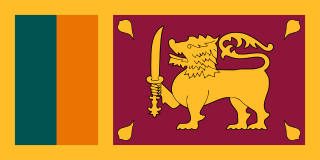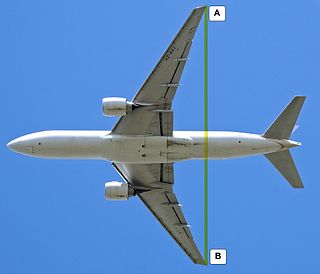| Lecithocera epomia | |
|---|---|
| Scientific classification | |
| Kingdom: | Animalia |
| Clade: | Euarthropoda |
| Class: | Insecta |
| Order: | Lepidoptera |
| Family: | Lecithoceridae |
| Genus: | Lecithocera |
| Species: | L. epomia |
| Binomial name | |
| Lecithocera epomia (Meyrick, 1905) | |
| Synonyms | |
| |
Lecithocera epomia is a moth in the Lecithoceridae family. It was described by Meyrick in 1905. It is found in Sri Lanka. [1]

Moths comprise a group of insects related to butterflies, belonging to the order Lepidoptera. Most lepidopterans are moths, and there are thought to be approximately 160,000 species of moth, many of which have yet to be described. Most species of moth are nocturnal, but there are also crepuscular and diurnal species.

The Lecithoceridae, or long-horned moths, are a family of small moths described by Simon Le Marchand in 1947. Although lecithocerids are found throughout the world, the great majority are found in the Indomalaya ecozone and the southern part of the Palaearctic ecozone.

Sri Lanka, officially the Democratic Socialist Republic of Sri Lanka, is an island country in South Asia, located in the Indian Ocean to the southwest of the Bay of Bengal and to the southeast of the Arabian Sea. The island is geographically separated from the Indian subcontinent by the Gulf of Mannar and the Palk Strait. The legislative capital, Sri Jayawardenepura Kotte, is a suburb of the commercial capital and largest city, Colombo.
The wingspan is about 23 mm. The forewings are bronzy-ochreous, suffused with pale brownish except towards the anterior two-thirds of the costa. There is a spot of dark purple-fuscous suffusion on the base of the costa. The stigmata are dark fuscous, the discal small and indistinct, the plical and an additional dot beneath the second discal large, the plical directly beneath the first discal. The hindwings are grey, lighter towards the base. [2]

The wingspan of a bird or an airplane is the distance from one wingtip to the other wingtip. For example, the Boeing 777-200 has a wingspan of 60.93 metres, and a wandering albatross caught in 1965 had a wingspan of 3.63 metres, the official record for a living bird. The term wingspan, more technically extent, is also used for other winged animals such as pterosaurs, bats, insects, etc., and other fixed-wing aircraft such as ornithopters. In humans, the term wingspan also refers to the arm span, which is distance between the length from one end of an individual's arms to the other when raised parallel to the ground at shoulder height at a 90º angle. Former professional basketball player Manute Bol stands at 7 ft 7 in (2.31 m) and owns one of the largest wingspans at 8 ft 6 in (2.59 m).